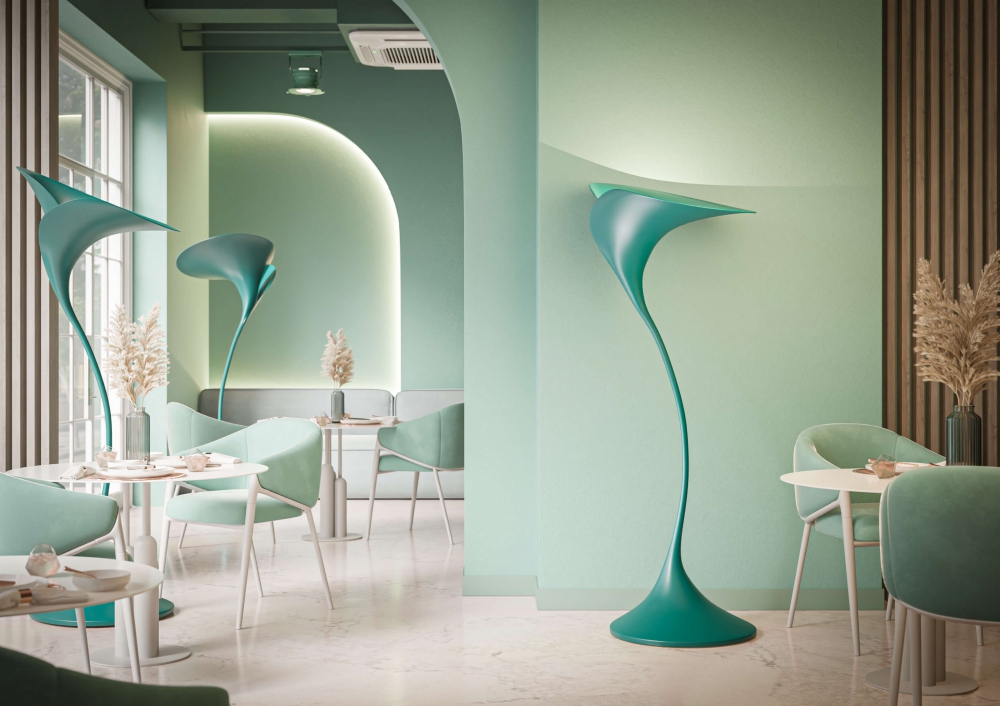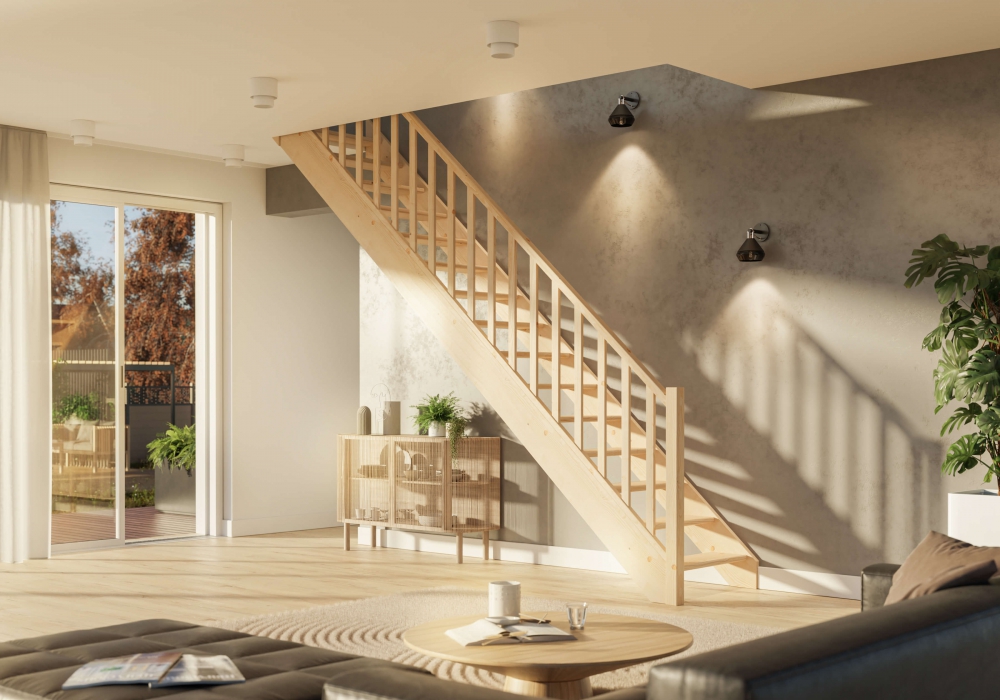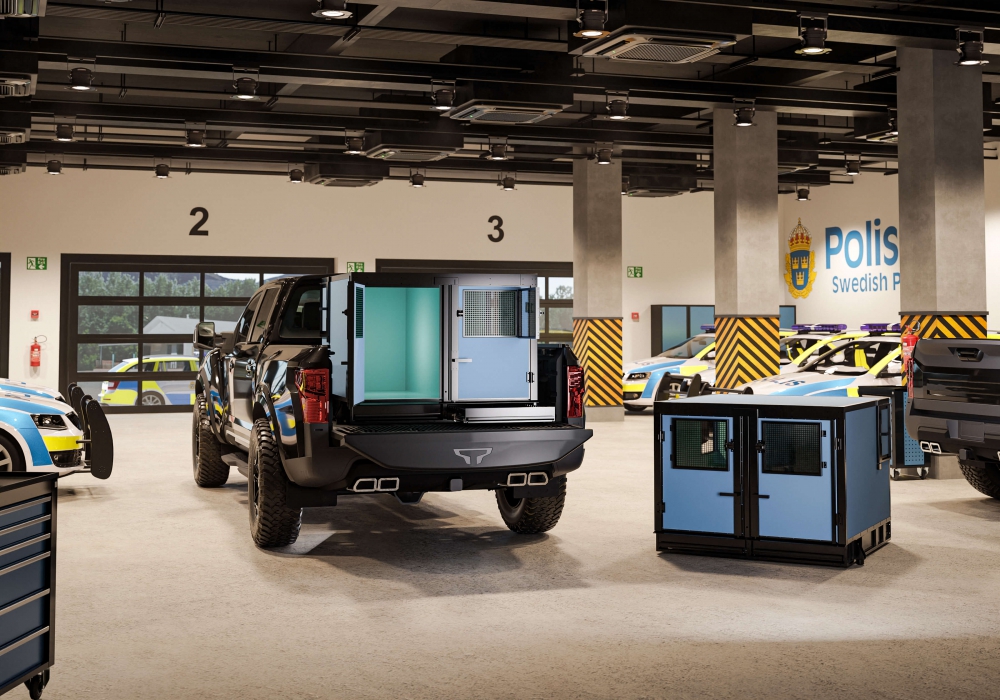Blog
Visualisations and 3D renderings. What awaits us in 2025?

What are product visualisation and 3D renderings?
Product visualization is the process of creating realistic images of objects based on their digital models or reference photos. It involves recreating the shape, texture, and even physical properties (such as light refraction on a surface) of a chosen object in a virtual environment. The final result—3D renderings—are detailed and photorealistic images that present the product from various angles, in different settings, and with multiple color options.
In practice, a 3D artist creates a product model using specialized software (such as Blender, 3ds Max, or Cinema 4D), then "lights" and textures it to achieve the most realistic effect possible. This allows the product to be shown in high resolution, highlighting details that would be difficult to capture using traditional photography methods.
The importance of visualisation and 3D renders in e-commerce
In online commerce, the customer does not have the opportunity to physically interact with the product before making a purchase. That’s why it’s so important to provide the most accurate and trustworthy representation of what they will receive after placing an order. In this regard, product visualization and 3D renderings are invaluable. They allow you to:
- Present different product variants – such as colors, sizes, and finishes. With traditional product photography, this would require several (or even dozens of) separate photo shoots in various configurations. With 3D renderings, it’s enough to change the material parameters, and a new variant can be ready in just a few minutes.
- Reduce costs and production time – photo sessions require proper setup and the involvement of professional photographers, models, and studio rentals. Product visualization can significantly cut costs and speed up the creation of marketing materials.
- Increase the appeal of the offer – photorealistic 3D renderings allow the product to be showcased in any setting, helping the customer to better imagine how it would look in their own environment. Such virtual staging can boost conversion rates and positively impact sales growth.

New technologies and prospects for 2025
Product visualization and 3D rendering are evolving rapidly, and 2025 is set to be a breakthrough year in this regard. We are already witnessing a dynamic increase in interest in technologies such as virtual reality (VR) and augmented reality (AR). 3D renders combined with VR and AR solutions will enable even better product presentations for customers, for example through: Virtual fitting rooms for the fashion and footwear industries – customers will be able to see how a piece of clothing looks on their body without physically trying it on.
-
Virtual interiors for the furniture and home decor industries – 3D renders will make it possible to place photorealistic furniture models within the customer’s space. The ability to "arrange" furniture in one’s own living room before purchase can significantly reduce returns and increase purchase satisfaction.
-
Integration with systems for creating personalized products – thanks to advanced algorithms, customers will be able to configure their dream product (e.g., color, shape, material), and real-time product visualization will show the final result.
Ongoing miniaturization and the increasing computing power of mobile devices will make it possible for even smartphones and tablets to generate high-detail 3D renders. The development of cloud computing will allow complex rendering tasks to be carried out on external servers, enabling product visualization in any store without the need to invest in expensive hardware. Product photography and the future of 3D visualisation
Product photography and the future of 3D visualisationAlthough it may seem that 3D renders will completely replace traditional photography, in practice, product photography and visualizations will complement each other. There are industries where capturing real textures, subtle reflections, or the play of light is particularly difficult in a digital setup. That’s why the ability to quickly change 3D variants and arrangements is becoming increasingly popular and cost-effective.
It’s already clear that customers greatly value the ability to explore a product in detail before purchasing. In 2025, this trend will only grow stronger, making it worthwhile to invest in 3D technologies and refine digital modeling skills today. Stores that adapt quickly to this changing landscape will have the opportunity to stand out from the competition and build customer loyalty.
In 2025, we can expect product visualization and 3D rendering to become more widespread, which will directly contribute to improving the quality of e-commerce presentations. While traditional product photography won’t disappear, it will increasingly serve as a complement to digital visualizations. All signs point to a future of online commerce driven by innovative technologies — and 3D renders will be one of their key components.

